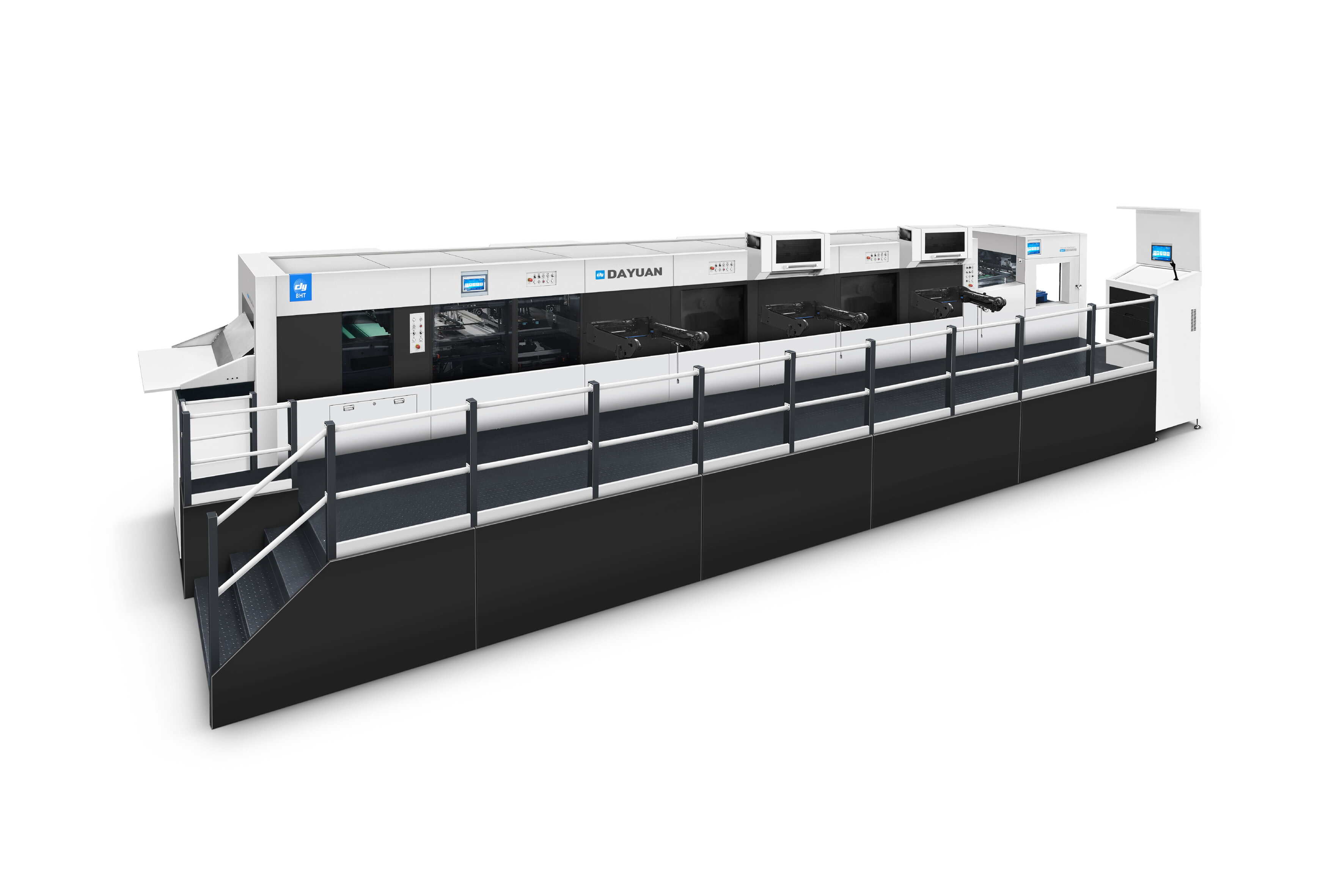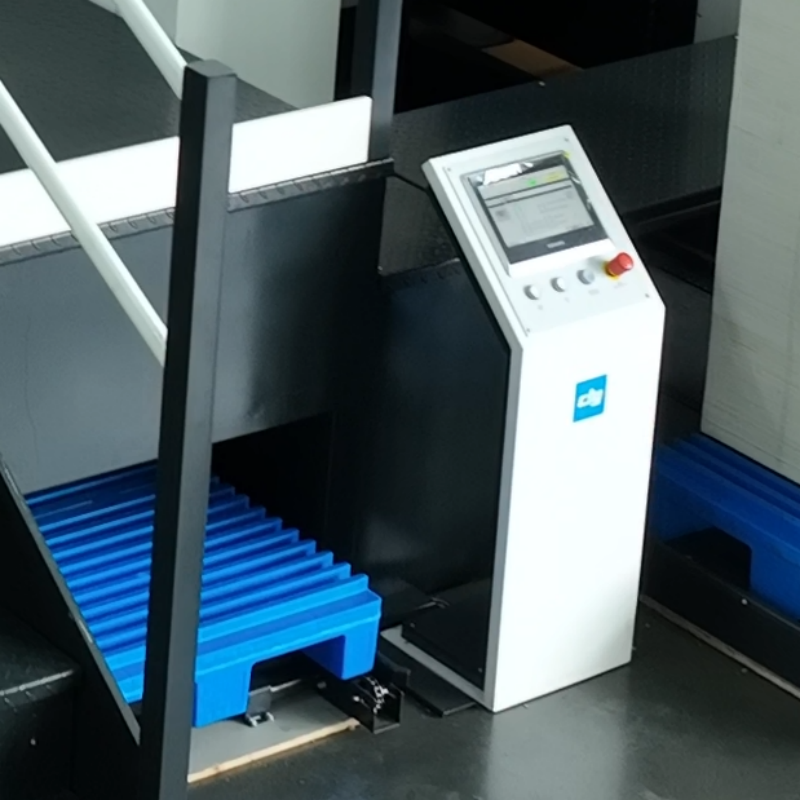The selection of the right hot stamping machine can significantly impact your manufacturing efficiency and product quality. As we move into 2025, these sophisticated pieces of equipment have evolved to incorporate advanced features and capabilities that cater to diverse industrial requirements. This comprehensive guide will help you understand the crucial factors to consider when investing in a hot stamping machine for your operations.

Understanding Hot Stamping Technology
Basic Principles of Hot Stamping
Hot stamping technology combines heat, pressure, and specialized foils to create permanent, high-quality impressions on various materials. A modern hot stamping machine utilizes precise temperature control and consistent pressure distribution to ensure optimal results. The process involves heating a die to specific temperatures, which then transfers foil onto the substrate material through controlled pressure application.
The technology has evolved significantly over recent years, incorporating digital controls, automated feeding systems, and enhanced safety features. These advancements have made hot stamping machines more efficient, precise, and easier to operate than their predecessors.
Applications and Industries
Hot stamping machines serve diverse industries, from packaging and printing to automotive and electronics manufacturing. They excel in creating decorative finishes, security features, and functional components. The versatility of modern hot stamping equipment allows for processing various materials, including paper, plastics.
Key Features to Consider
Temperature Control Systems
Advanced temperature control is crucial for any hot stamping machine. Modern systems should offer precise digital temperature adjustment, rapid heating capabilities, and consistent heat distribution. The best machines feature multiple temperature zones and real-time monitoring to maintain optimal operating conditions.
Pressure Management
Pressure consistency directly affects stamping quality. Look for machines with advanced hydraulic or pneumatic systems that provide uniform pressure distribution. The ability to fine-tune pressure settings for different materials and applications is essential for versatile operations.
Technical Specifications and Performance
Production Speed and Capacity
When evaluating a hot stamping machine, consider its production speed and throughput capabilities. Modern machines can achieve impressive cycles per hour while maintaining consistency. The optimal speed depends on your specific application requirements and production volumes.
Size and Working Area
The working area of the hot stamping machine should align with your product dimensions. Consider not just current needs but potential future requirements. Many manufacturers offer various size options to accommodate different production scales.
Automation and Control Features
Digital Interface and Programming
Modern hot stamping machines come equipped with sophisticated control systems. Look for intuitive user interfaces, programmable job settings, and data logging capabilities. These features enhance operational efficiency and maintain consistent quality across production runs.
Safety and Monitoring Systems
Advanced safety features are non-negotiable in contemporary hot stamping equipment. Ensure the machine includes emergency stop systems, protective guards, and comprehensive monitoring capabilities to protect operators and maintain optimal production conditions.
FAQ
What maintenance requirements should I expect?
Regular maintenance for a hot stamping machine includes daily cleaning of the heating elements, weekly inspection of hydraulic systems, and monthly calibration checks. Proper maintenance extends equipment life and ensures consistent performance.
How long does it take to set up a new hot stamping machine?
Initial setup typically requires 1-2 days, including installation, calibration, and operator training. However, this can vary based on machine complexity and specific installation requirements.
What determines the quality of hot stamping results?
The quality of hot stamping depends on several factors: temperature accuracy, pressure uniformity, foil quality, and substrate material characteristics. Proper machine selection and operation are crucial for achieving optimal results.

